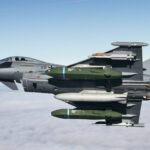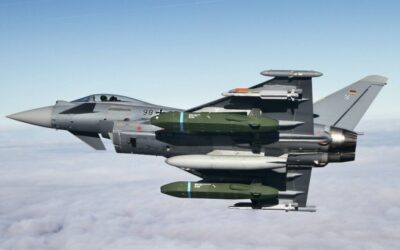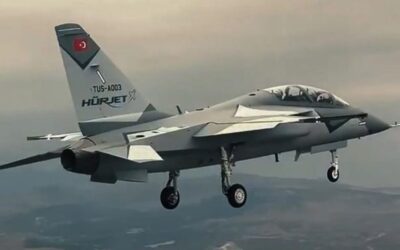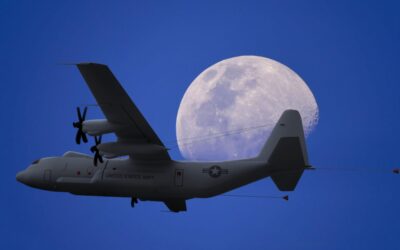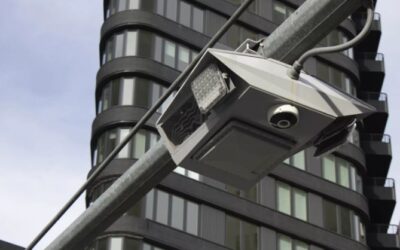The Bundeswehr and TAURUS Systems GmbH (a joint venture between MBDA and SAAB) have signed a contract for the maintenance and…
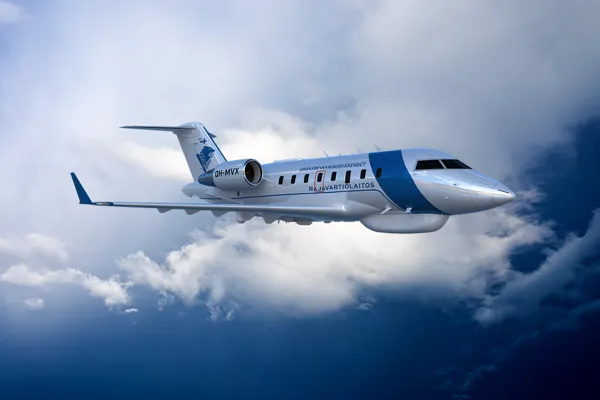
Sierra Nevada Corporation has won a US Army contract to serve as the lead system integrator for the future long-range spy plane.
The award for the High Accuracy Detection and Exploitation System, or HADES, integration work covers a 12-year period worth $93.5 million initially and potentially up to $994.3 million, as the US Army announced on Thursday.
Choosing a lead integrator is a major step in the service’s effort to overhaul existing fixed-wing aircraft that perform intelligence, surveillance, and reconnaissance missions. The service plans to retire roughly 70 aircraft, as it brings on the HADES aircraft that will be able to rapidly deploy and provide deep-sending capabilities.
HADES is the centerpiece of the US Army’s long-promised aerial ISR transformation strategy, as it will allow the US Army to fly higher, faster, and farther, thus directly impacting its capability to operate deeper, delivering the US Army’s number-one operational imperative: deep sensing.
For the first time, the US Army has chosen to use a large-cabin business jet, the Bombardier Global 6500, to serve as a spy plane. The service awarded Bombardier a contract in December for one aircraft, with an option to buy two more over a three-year period.
A L3Harris Technologies, MAG Aerospace, and Leidos team was competing against Sierra Nevada for the contract in question.
Also read: Chinese spy balloon in the US – Downing, Ministry of Foreign Affairs’ reaction and airports closure
The US Army has spent more than five years assessing ISR fixed-wing prototype platforms using high-speed jets to develop the HADES program. It began with the deployment of Artemis, or Airborne Reconnaissance and Target Exploitation Multi-mission System, which has flown in the European operational theater near the Ukrainian border. Leidos built Artemis using a Bombardier Challenger 650 jet.
Then, in April 2022, the service deployed Ares, or Airborne Reconnaissance and Electronic Warfare System, to the Pacific region. L3Harris built the aircraft using a Bombardier Global Express 6500 jet, along with MAG Aerospace integrated ISR sensors.
Sierra Nevada is providing its RAPCON-X, based also on a converted Bombardier business jet.
Now that the Army has picked a team to integrate sensors onto the jet, the process will take 18 months before the aircraft can deploy for a user assessment, the Army has estimated. That assessment moves the aircraft from a controlled test environment in the United States to operational environments to stress test the systems.
The US Army will deploy HADES for a limited period of time, then start building more aircraft as the early prototype remains deployed.
The service plans to field 14 HADES aircraft by 2035. Using, thus far, 70 Beechcraft King Air and De Havilland Canada Dash-8 aircraft, the US Army has achieved its operational objectives in support of the wars in both Iraq and Afghanistan, but the existing fleet won’t be able to fulfill long-range missions off the coast of China, which the US government considers a top threat.
Also read: SpaceX | Builds spy satellites network for the US Pentagon
READ MORE
Turkey – Spain | Memorandum of Cooperation for the Development of Turkish Hurjet Training Aircraft
Turkey and Spain have signed a Memorandum of Understanding (MoU) to develop Turkish-made Hurjet trainer-light fighter aircraft.
Northrop Grumman | Winner of the US Navy’s Next E-130J Aircraft Development Program
Northrop Grumman won the $3.5 billion contract for the US Navy’s E-130J nuclear command, control, and communications (NC3)…
Losses for North Korea in Ukraine | 1,100 soldiers have been killed or wounded
North Korea’s losses in the Russia-Ukraine war are heavy, as more than 1,000 North Korean soldiers have been killed or injured…
THEON INTERNATIONAL | Projection for continued growth for the financial year 2025 with a high margin for profitability
THEON INTERNATIONAL PLC (THEON) has announced its projections for the financial year 2025. Revenue is expected to…
Greece | PDPA’s “yes” to Placing Police Cameras on the Streets
The Personal Data Protection Authority gave the green light to the Hellenic Police’s placement of cameras on the streets to prevent and…
MBDA | Modernising TAURUS Missiles for the Bundeswehr
The Bundeswehr and TAURUS Systems GmbH (a joint venture between MBDA and SAAB) have signed a contract for the maintenance and…
Syria | New Minister of Defence Murhaf Abu Kasra
Syria’s new leaders have appointed Murhaf Abu Kasra, a prominent figure among rebels who ousted Bashar al-Assad, as…
Turkey – Spain | Memorandum of Cooperation for the Development of Turkish Hurjet Training Aircraft
Turkey and Spain have signed a Memorandum of Understanding (MoU) to develop Turkish-made Hurjet trainer-light fighter aircraft.











